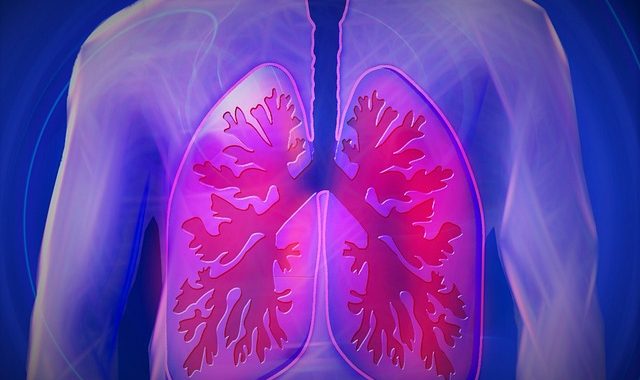The human lungs are very amazing organs. They are found in the chest, in fact, the largest organ there. They are vital organs, and very necessary for life. Without them, a person won’t be able to survive at all, because they help our bodies take in oxygen from the air, and release carbon dioxide to the environment as a waste product.
In this article, we will be discussing many other amazing things about your lungs that you probably didn’t know. Hopefully, you’ll be able to learn some new things about these twin organs found in your chest.
1. You can live with just one lung
While they are organs necessary for life, you really don’t need more than one to survive. One lung can exchange enough air to keep the body fine, even though there may be limits to how much physical activity the person with just one lung can do. A notable person who had part of his lungs removed is Pope Francis. Many times, doctors could remove a person’s lung if it has a very serious infection or if the person has been diagnosed with lung cancer. (You can prevent lung cancer by avoiding tobacco smoke in cigarettes and hookah.)
2. Your right lung is larger than your left lung
If you thought your lungs were of similar size, you’re very wrong. Your right lung is a little bit bigger than your left lung for obvious reasons. The left lung has to share some space with the heart, hence it has a lesser volume. The right lung is also divided into three different lobes while the left lung has two. The location of the liver just below the right lung makes it a little shorter than the left.
The position of the main bronchi in both lungs is a bit different. The right bronchus is wider and more vertical than the left one, this is why when food or any other object is aspirated, it is more likely to be found in the right lung.
3. Your lung can hold large volumes of air
Every time you breathe, your lungs take in a fair amount of air, this is called the tidal volume, and is usually about 500 ml of air. Now, if you do some physical exercise, the amount of air you would need to breathe in could be considerably larger than your tidal volume.
At full capacity, your lungs can hold about 5 liters of air at a time, that is 10 times more than the amount of air you can take in when at rest.
4. It has a very large surface area
For it to be able to carry out its function properly, the internal surface of the gas exchanging surfaces in the lungs is very large. This surface area is about 8-10 meters square, that is about half the area of a lawn tennis court.
5. Its functional unit is called the alveoli
The lung has a pretty much unique structure. The windpipe or trachea brings in air from the nose and mouth, then divides into two main bronchi in each lung. The bronchi further divide into bronchioles, then end at alveoli. The alveolus is the functional unit of the lungs, where the actual gaseous exchange takes place.
6. You breathe in about 11,000 liters of air every day
The average person breathes at a rate of 12-20 breaths per minute. In the process, 500 ml of gas is taken in per breath. So, applying some maths, you breathe in about 11,000 liters of air every day, involuntarily.
7. You breathe about 23,000 times every day
Using the same rate of 12-20 breaths per minute, the average person breathes about 23,000 times per day- such a shocking number! It is amazing how our bodies don’t get tired despite having to continue taking breaths when asleep.
8. Asthma occurs when the airway becomes reactive
One common disease that affects the lungs is asthma, and there are so many myths about it. Asthma occurs when there is a hypersensitivity reaction in the airway and lungs. What this means is that the lungs react to non-dangerous particles like pollen and dust, producing chemicals that trigger inflammation and airway narrowing (just similar to the way an allergic reaction works). It can cause difficulty breathing, wheezing, and other symptoms like chest pain.
When a digital stethoscope is used to auscultate the chest, you can hear audible whistle-like sounds called rhonchi.
9. Pneumonia is caused by an infection
People think pneumonia is a disease caused by cold, but the truth is that pneumonia is an inflammation of the lung tissue that is typically caused by a bacterial infection. It can lead to a fever, cough, and difficulty breathing. It is a serious disease that is usually treated with antibiotics.
Guest post by Dr. Charles-Davies of 25 Doctors, a place for chatting with web doctors.




